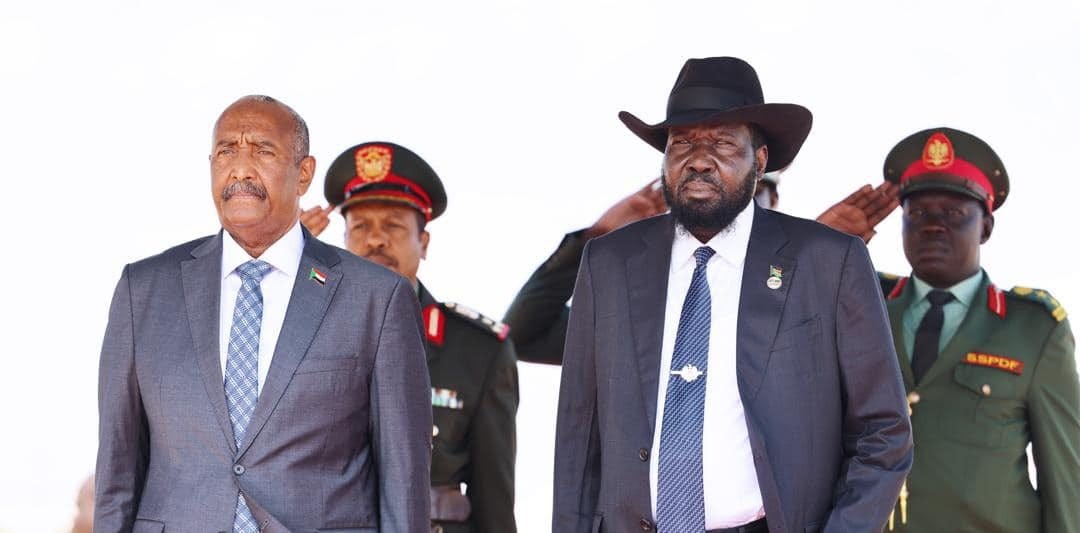Sudan army seeks South Sudan's help
Al-Burhan seeks supply route to South Kordofan ahead of dry season fighting

The Commander-in-Chief of the Sudan Armed Forces (SAF) traveled to neighboring South Sudan on Monday to meet with President Salva Kiir, seeking the help of a former rival against a new one, the Rapid …
Keep reading with a 7-day free trial
Subscribe to Sudan War Monitor to keep reading this post and get 7 days of free access to the full post archives.

